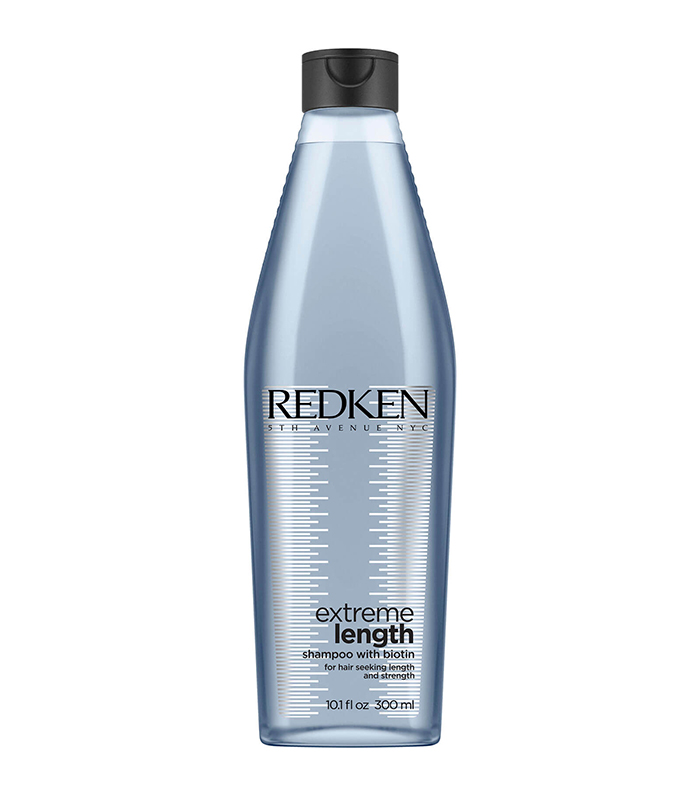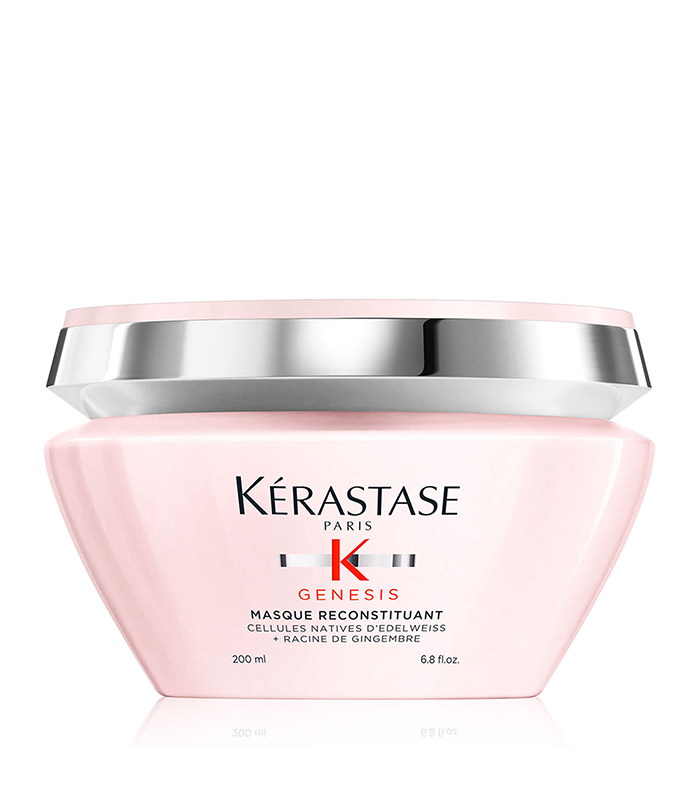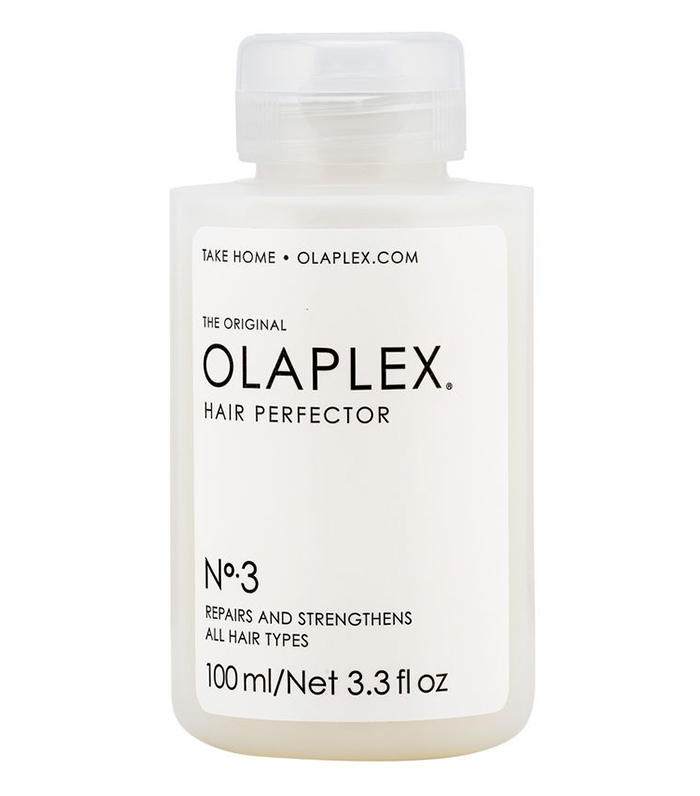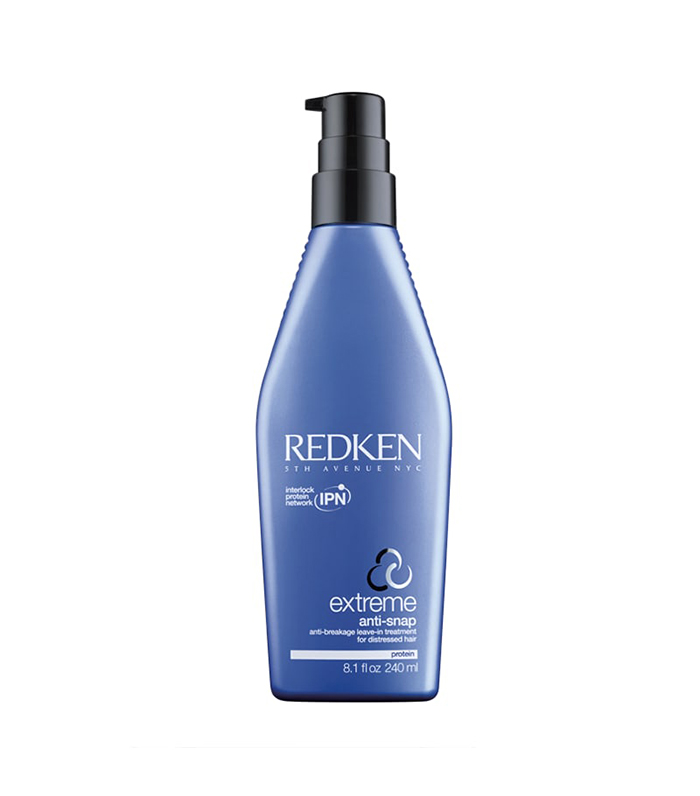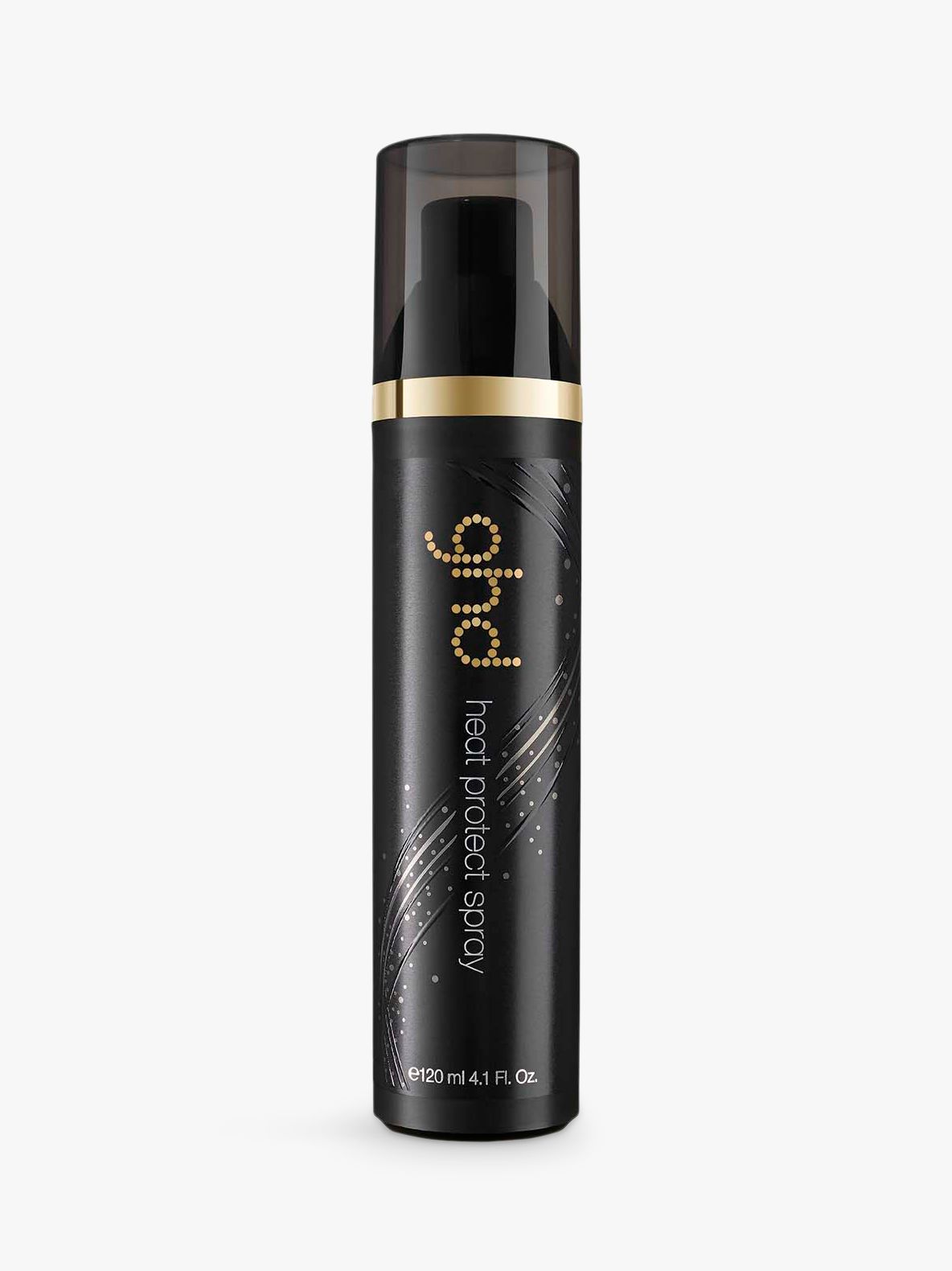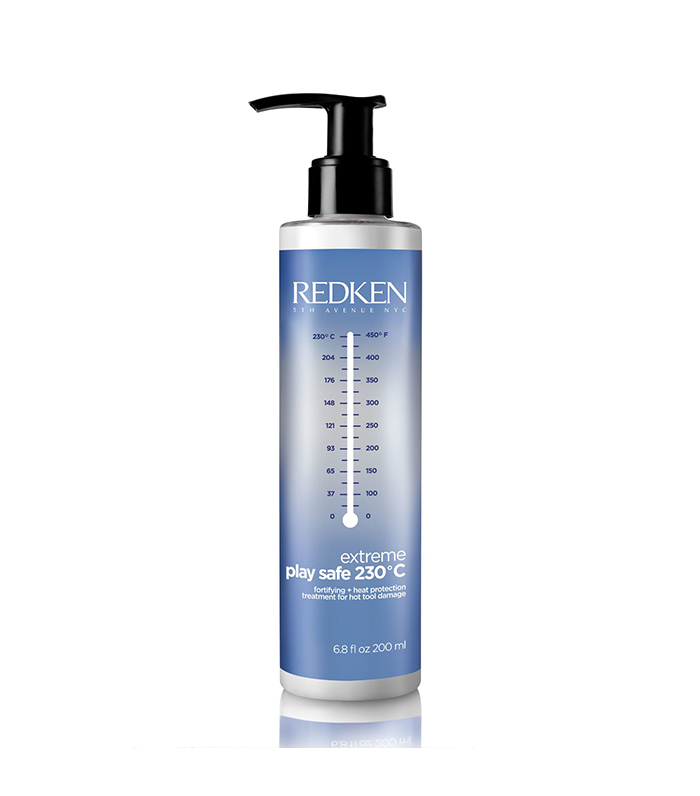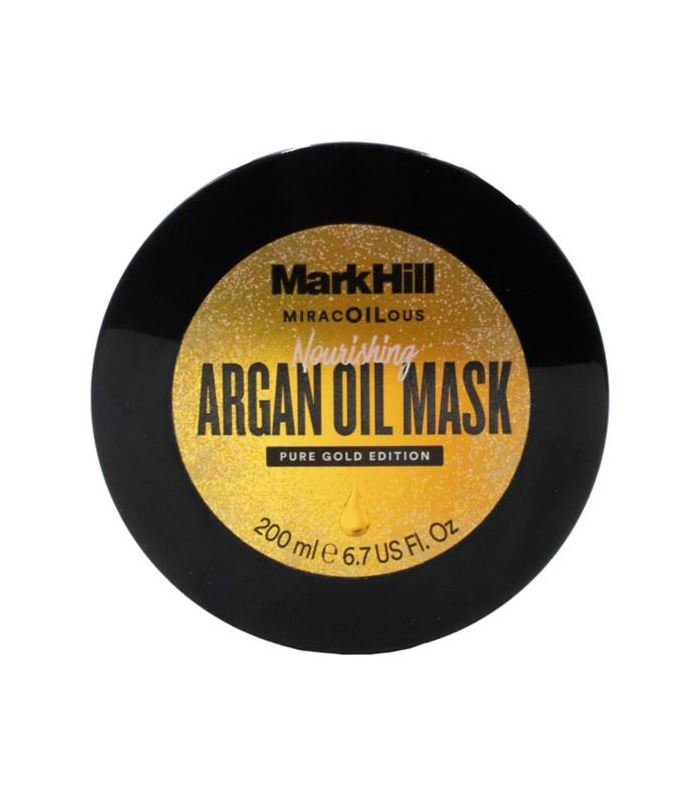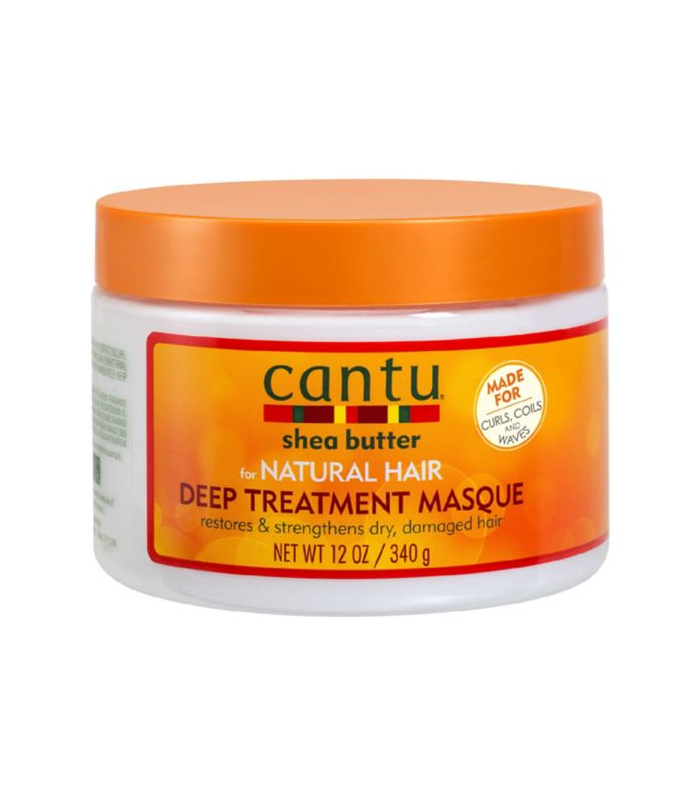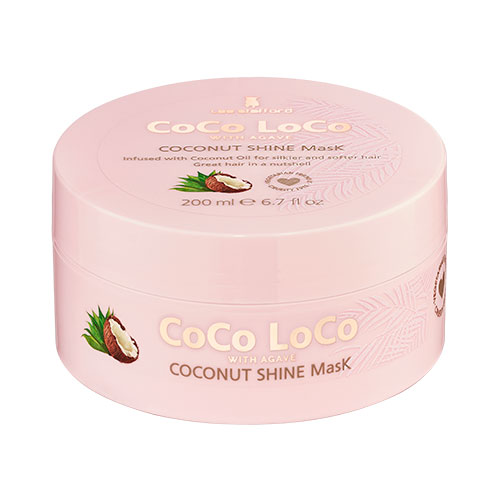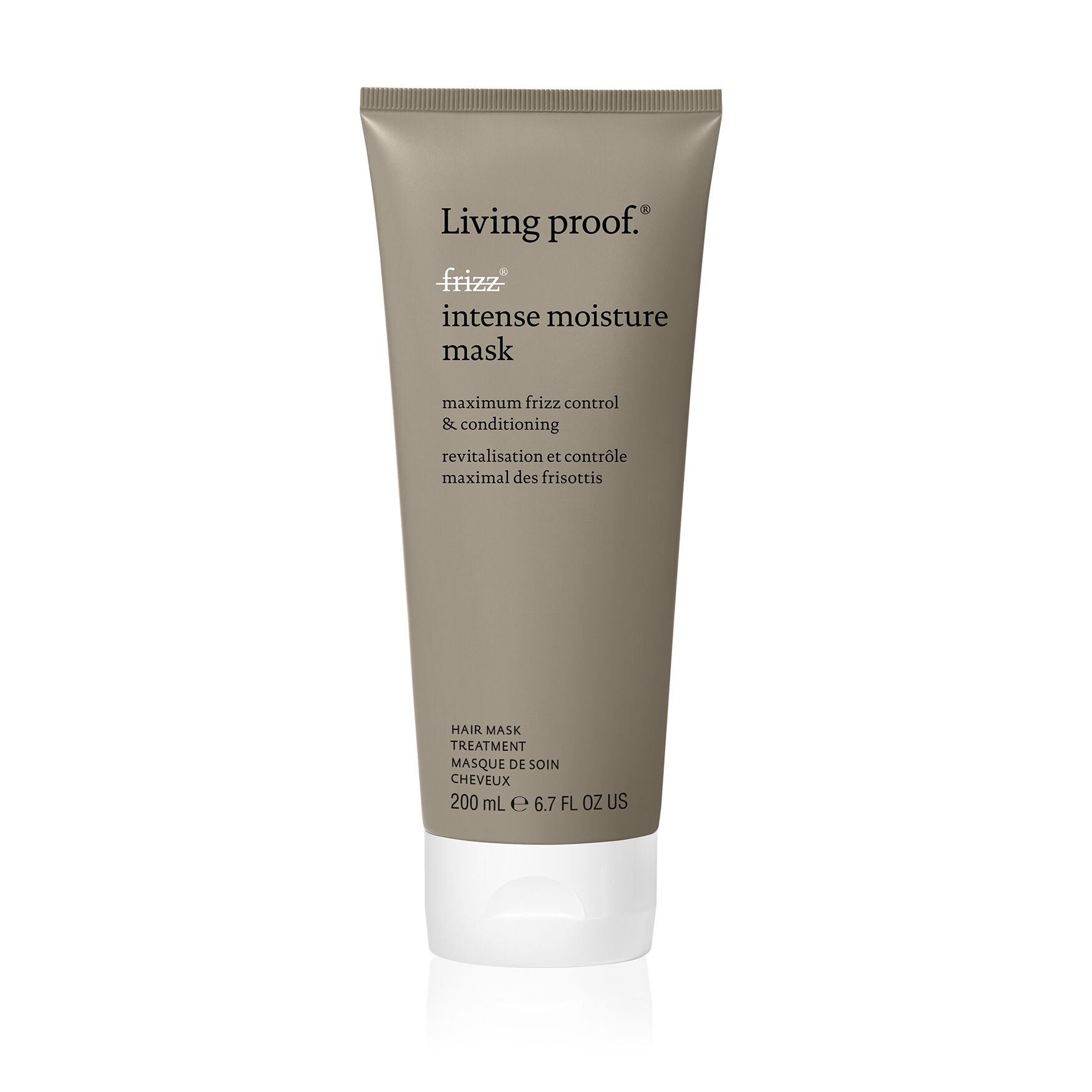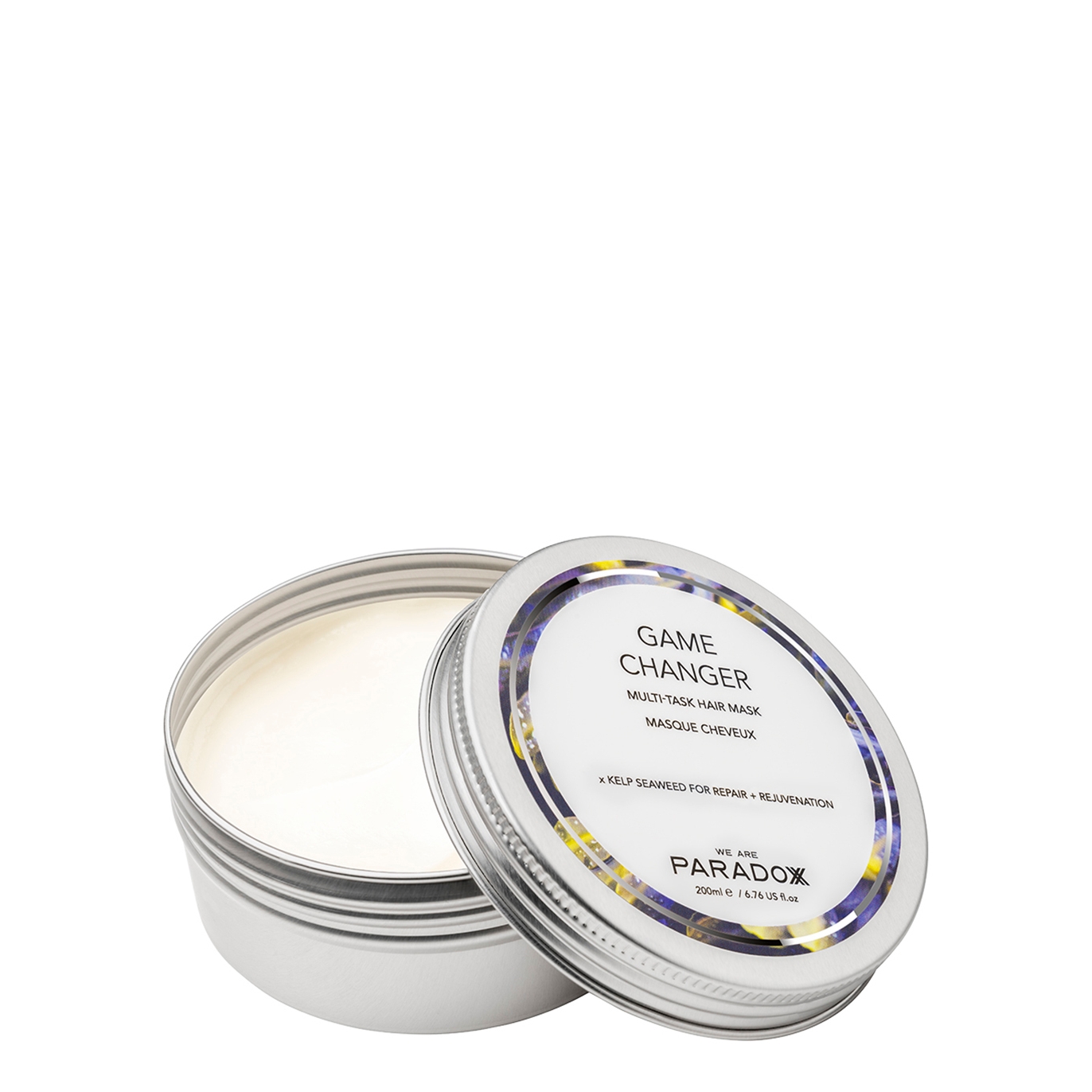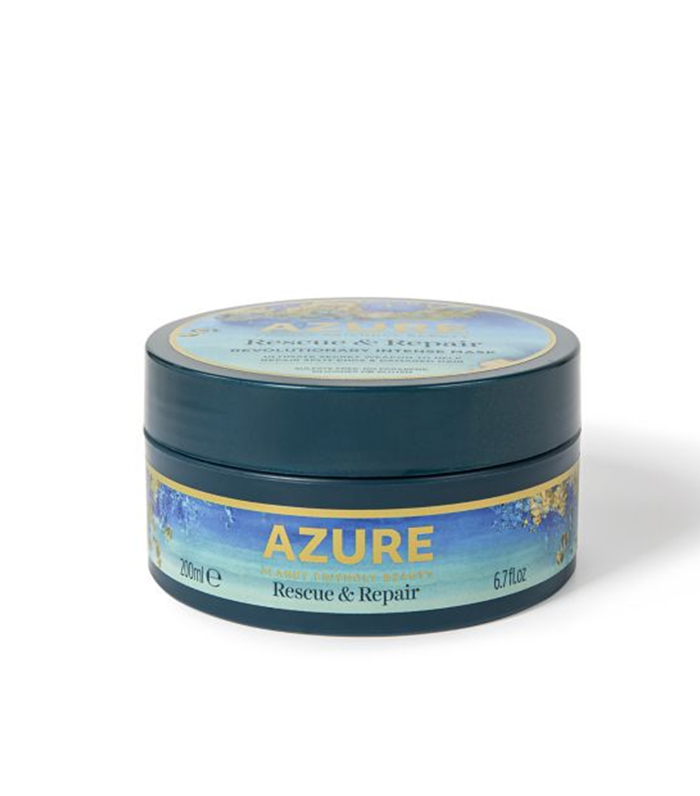How to Get Your Post-Summer Hair Back on Track, According to Experts
We’re not sure about you, but our hair has been through it recently. Not only has it been forced to deal with the usual stresses that the warmer months bring, but it's also spent a good chunk of the summer well overdue a cut. You see, while we’re all quite good at protecting our skin from external aggressors in the summer (SPF always!), we’re not so good at looking after our strands.
Much like our skin, prevention from damage is always best, however, unlike sun damage to the skin, actions can be taken to help rectify the situation when it comes to our hair. Whether you’re suffering from dodgy colour, frazzled ends or breakage, it’s more than likely that your hair isn’t looking its finest in this post-summer period, especially if you’re yet to get your first post-lockdown cut. To help get your lengths healthy once more, keep scrolling for the top healthy autumn hair tips, according to experts.
Keep Your Hair Down
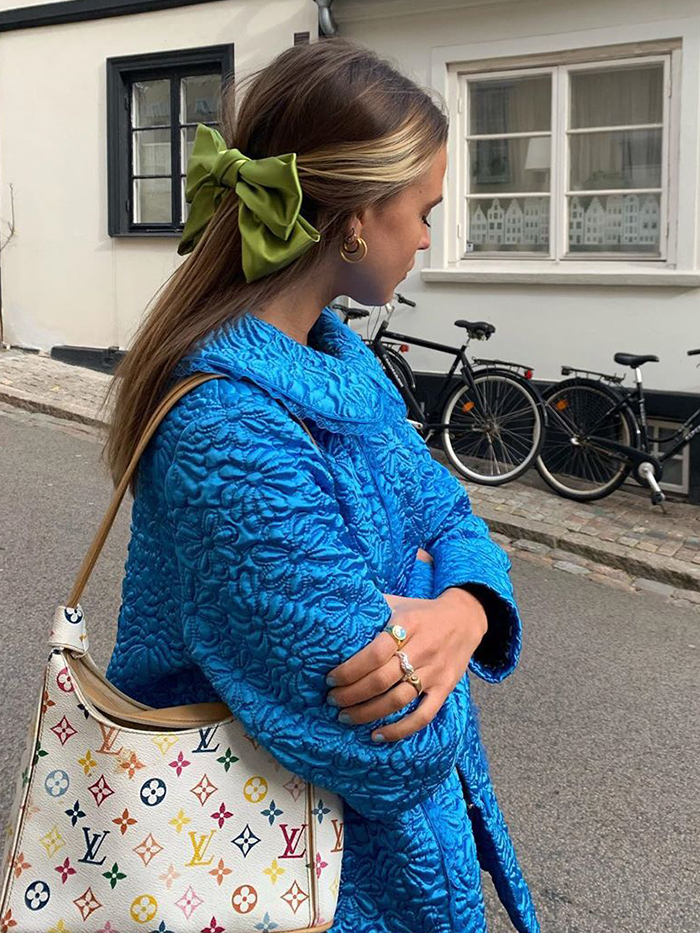
Serious heat and general hair dismay means that your hair was likely to have been pulled back off your face for a big chunk of the summer. "We all love a ponytail in the summer, and especially this year, most of us have had our hair scraped back,” says Mark Hill, hairdresser and brand founder.
Having said that, as we venture into autumn, it’s advisable to keep your hair down where possible if you want your strands to regain some strength. Antony Rawlings, Creative Director at Lockonego for Redken and Pureology explains: "Tying the hair up too tight can fracture the hair shaft, especially if it’s tied up for a long period of time. Minimise the risk of damage and breakage by tying the hair looser and keeping your hair down as much as possible.”
Shop Hair Strengthening Products
Invest in Heat Protection
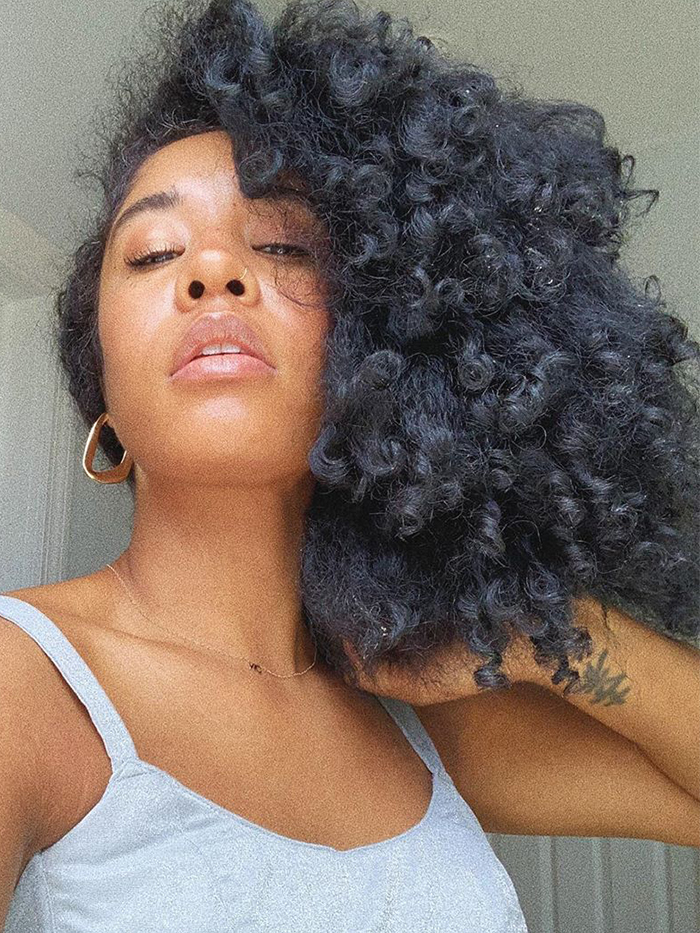
The idea of having to blow-dry or heat style your hair in the summer heat isn’t always appealing. Subsequently, many of us have spent the past few months letting our hair air-dry and then just chucking it up. And although air drying can be deemed kinder than blow-drying, seeing as it doesn’t involve heat, leaving your hair wet for long periods of time can cause its own damage, and you might be facing the consequences now. "Brushing wet hair can stretch it and once you create that weakness if it doesn’t return to its original state once it’s dry, you have a problem. Hair is much more fragile when it’s wet,” says Rawlings.
As things start to cool down a little, most of us will be turning to our trusty styling tools once more, and ensuring your hair is protected from the heat is even more important if your strands are weak. "Most of us require some form of heated appliance to smooth or add a wave after we have washed it, and this is where damage is done. Always use a heat protectant to protect the hair and make your style last longer,” explains Hill.
Shop Heat Protection
Deep Conditioners Are Your Best Friend
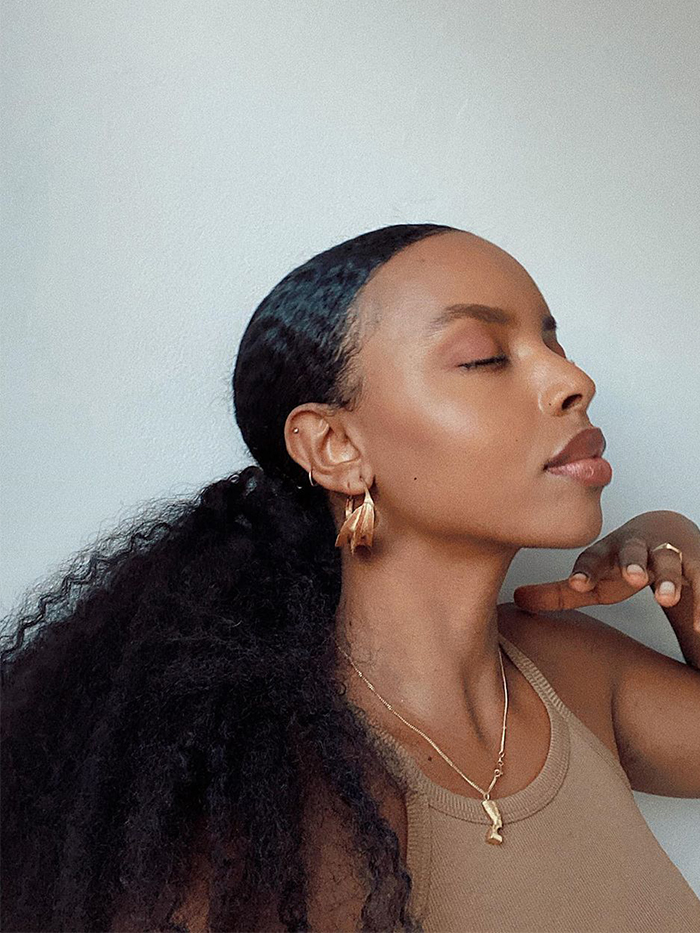
Often, deep conditioners, rich hair treatments and thick masks seem like total grease-inducers, especially for those with thin or fine hair. However, post-summer, our hair is usually in desperate need of some moisture. "UV rays affect keratin and can make hair prone to split ends and dryness. As the hair loses strength and structure, hair may also appear frizzy,” says Hill. Similarly, saltwater and the salt-based texturising sprays that are popular in the summer months have a dehydrating effect, causing hair to feel brittle.
Because of this, it’s more important than ever to give your hair the nourishment and moisture it needs at this time of the year. Regular conditioning treatments will help to strengthen, restore natural moisture levels and aid in repairing the damage. Hill advises: "To boost the power of your treatment, once applied, wrap your hair in a towel and leave on for as long as you want—even overnight. When you rinse the next morning, your hair will feel amazing.”
Shop Conditioning Treatments
Get a Colour Consultation

Those amongst us with coloured hair will know the negative effects of sunshine and summer activities on strands all too well. In fact, UV rays have a tendency to lighten (and sometimes severely discolour) dyed hair. "When people go on holiday or spend time outside in the sun, they often focus on the damage it can cause to the body and forget about their hair,” says Rawlings.
But it’s not just UV rays that can wreak havoc with colour. "Chlorine can cause a chemical reaction and change the actual colour of your hair. If this has happened, please don’t attempt to colour your hair at home. Seek advice of your stylist and they can do patch and strand tests to ensure no more damage is caused,” advises Hill.
Up next, the new autumn lipstick trends.
Shannon Lawlor is the beauty director at Who What Wear UK. With over a decade of experience working for some of the beauty industry’s most esteemed titles, including Marie Claire, Glamour UK, Stylist and Refinery29, Shannon’s aim is to make the conversation around beauty as open, relatable and honest as possible. As a self-confessed lazy girl, Shannon has an affinity for hard-working perfumes, fool-proof makeup products and does-it-all skincare.
